Common examples of inorganic trace mineral sources include copper sulfate (CuSO4), copper chloride (CuCl2), copper oxide (CuO), copper carbonate (CuCO3), and copper citrate (Cu(C6H5O7)2).
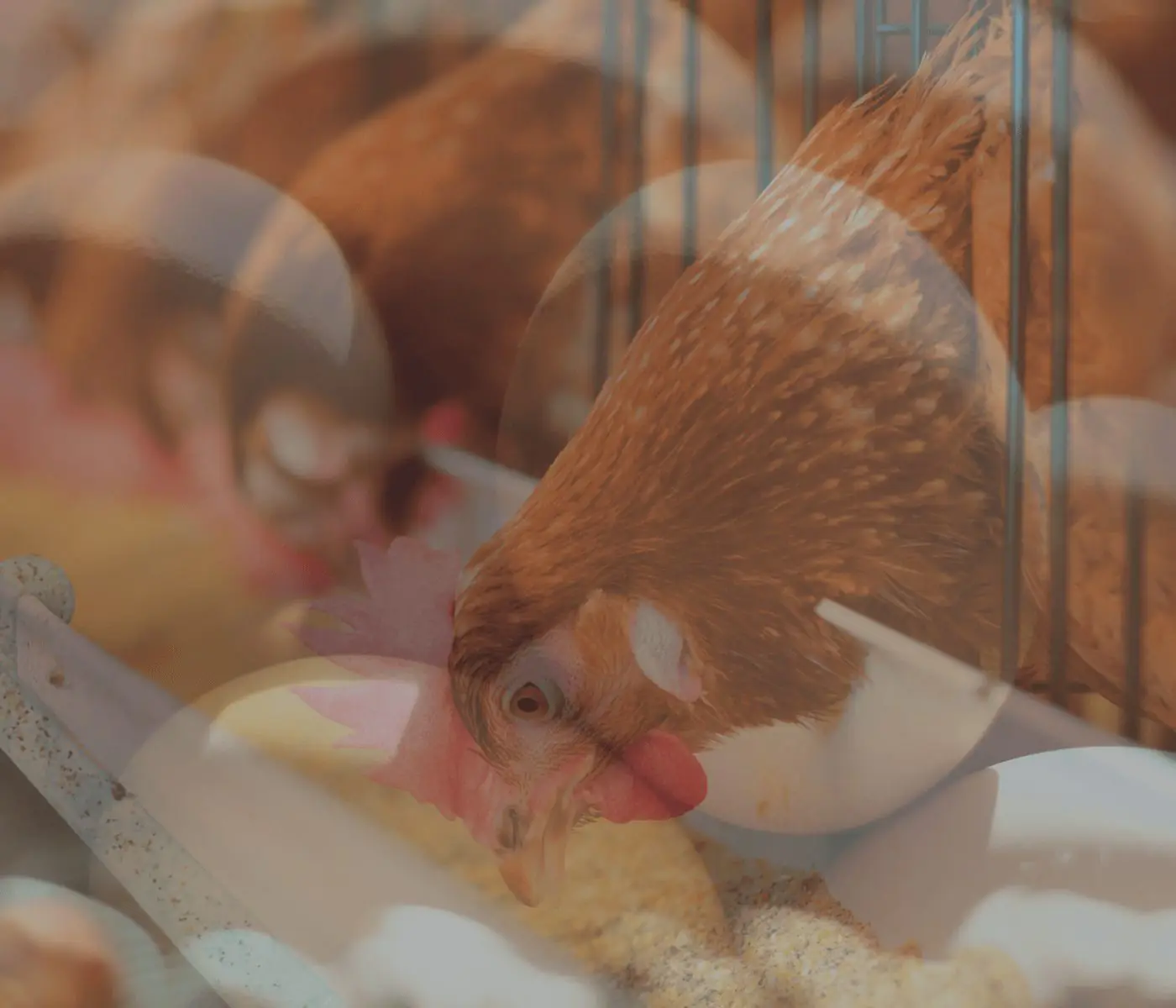 01 Aug 2025
01 Aug 2025
Copper and its functions in the diet of laying hens: advantages of the chelated form
The use of organic minerals such as copper has generated great interest in laying hen production, as it is essential for egg and bone formation, structural tissue integrity, protection against oxidation, and the development of the immune response.
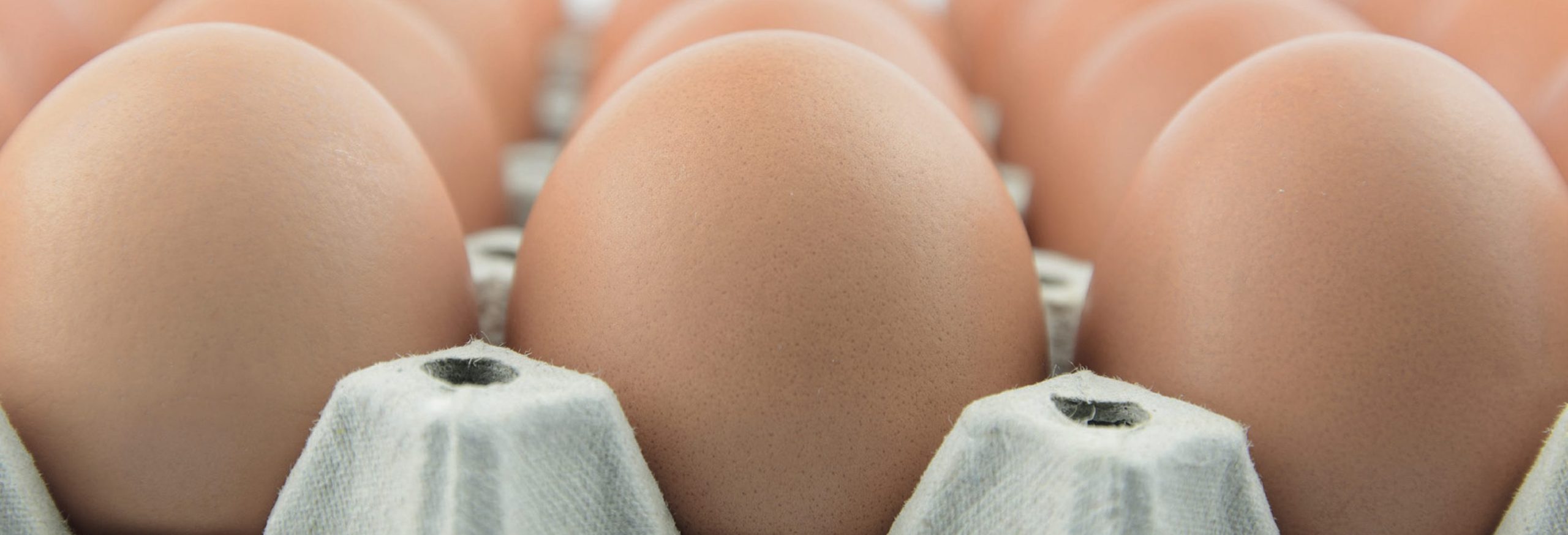
The main functions include acting as a cofactor in enzymes involved in cellular energy production (cytochrome-C oxidase), detoxification of free radicals (copper-zinc superoxide dismutase or SOD), connective tissue formation (via lysyl oxidase), iron mobilization (via ceruloplasmin), and neurotransmission (mediated by dopamine β-hydroxylase) (Suttle, 2010).
Copper has been studied for a long time, and its characteristic as an essential micromineral for metabolism was cited in 1928 by Hart and Elvehjem, who, through studies with rats, found that copper is essential for growth, hemoglobin formation, as well as for the prevention of a variety of clinical and pathological disorders related to its deficiency, such as anemia (McDonald, 2006).
| Therefore, copper supplementation in diets is necessary, since plant-based ingredients used in the formulation of balanced poultry feeds, despite having high concentrations, have low availability. |
![]() Thus, it is important to meet the nutritional requirements so that there is neither an excess nor a deficiency of this nutrient in the diets, as levels significantly higher than required can cause toxicity, and levels below requirements result in deficiency, with both situations compromising performance.
Thus, it is important to meet the nutritional requirements so that there is neither an excess nor a deficiency of this nutrient in the diets, as levels significantly higher than required can cause toxicity, and levels below requirements result in deficiency, with both situations compromising performance.
| Copper toxicity in hens can cause diarrhea, weight loss, lethargy, and in severe cases, death. There may also be changes in feces color, damage to the liver and kidneys, and a decrease in egg production and quality. |

Copper deficiency can cause anemia, reduced egg-laying rate, and poorer eggshell quality. It can also lead to slow growth rate and lower body weight, damage to the structure and function of the kidneys and liver, and changes in feather pigmentation (Schlegel, 2017).
![]() Meeting the copper requirements of birds ensures the maintenance of homeostasis and the animal’s physiological balance. It also improves reproduction, growth, connective tissue development, and skin pigmentation (Oliveira, 2019).
Meeting the copper requirements of birds ensures the maintenance of homeostasis and the animal’s physiological balance. It also improves reproduction, growth, connective tissue development, and skin pigmentation (Oliveira, 2019).
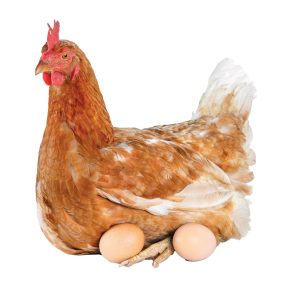 For Hy-Line W36 laying hens, the copper requirement from inorganic sources during the rearing and growing phases is 15 mg per kg, and 8 mg per kg during the production phase (Hy-Line Management Guide, 2020). However, according to Rostagno et al. (2024), for light laying hens in general, the copper requirement from inorganic sources is 9.48 mg per kg during rearing and growing, and 10.43 mg per kg during production (Rostagno et al., 2024).
For Hy-Line W36 laying hens, the copper requirement from inorganic sources during the rearing and growing phases is 15 mg per kg, and 8 mg per kg during the production phase (Hy-Line Management Guide, 2020). However, according to Rostagno et al. (2024), for light laying hens in general, the copper requirement from inorganic sources is 9.48 mg per kg during rearing and growing, and 10.43 mg per kg during production (Rostagno et al., 2024).
Copper supplementation in the diet of laying hens can be done through inorganic and organic sources.
Inorganic microminerals exist in their elemental form or in simple forms, such as inorganic salts. These minerals do not contain carbon and are usually added in the form of salts.
The other way to supplement is through organic microminerals. An organic mineral is a different form where the essential inorganic mineral is bound (chelated) to an organic molecule.
The bond results in a stable complex where the mineral is protected by the organic molecule during digestion and absorption in the gastrointestinal tract.
This increases the bioavailability of the mineral, meaning it improves the organism’s ability to absorb and utilize the mineral more efficiently.
![]()
Organic bonding can be done with amino acids (glycine, lysine, methionine), proteins (casein), yeasts (Saccharomyces cerevisiae), or organic acids (citric and malic acid).
The replacement of inorganic minerals with organic minerals is becoming increasingly common in the formulation of supplements for laying hens due to its benefits, which include:
The growing interest in using organic copper in diets for production animals, especially poultry, stems from the fact that inorganic copper often becomes unavailable for absorption. This unavailability happens because it gets sequestered by compounds like phytate, and due to competition among trace minerals for certain transporters.
Thanks to the benefits of chelation, when working with organic copper for laying hens, it is possible to supplement in smaller amounts than those established by standard requirements without compromising performance or egg quality.
Studies show that organic copper supplementation provides positive effects for commercial laying hens and broiler breeders. The main benefits include:
| The essential effects are: improvement of eggshell strength and performance, enhancement of both internal and external egg quality, reduction of excretion into the environment, increase in antioxidant capacity, and modulation of genes involved in the formation of the organic matrix in the eggshell gland (Passos, 2010; Dong et al., 2022; Qiu et al., 2020; Yaqoob et al., 2020). |
| In heavy breeder hens during the peak laying period, an improvement in egg quality and hepatic antioxidant status was observed (Yaqoob, 2020). In commercial laying hens at the end of the production cycle, there was an increase in eggshell thickness and strength, an improvement in eggshell ultrastructure, increased mineral deposition in the shell, enhanced antioxidant capacity and immune function, and a reduction in mineral excretion in the feces (Zhang, 2021). |
| Additionally, copper plays a role in bone formation as it acts as an activator of lysyl oxidase, an enzyme involved in collagen biosynthesis (Pophal and Suida, 2007). |
Therefore, the use of organic copper is an interesting nutritional strategy in the feeding of laying hens, as its application improves production indices without compromising egg performance and quality, while also reducing the excretion of the element into the environment.
Subscribe now to the technical magazine of animal nutrition
AUTHORS
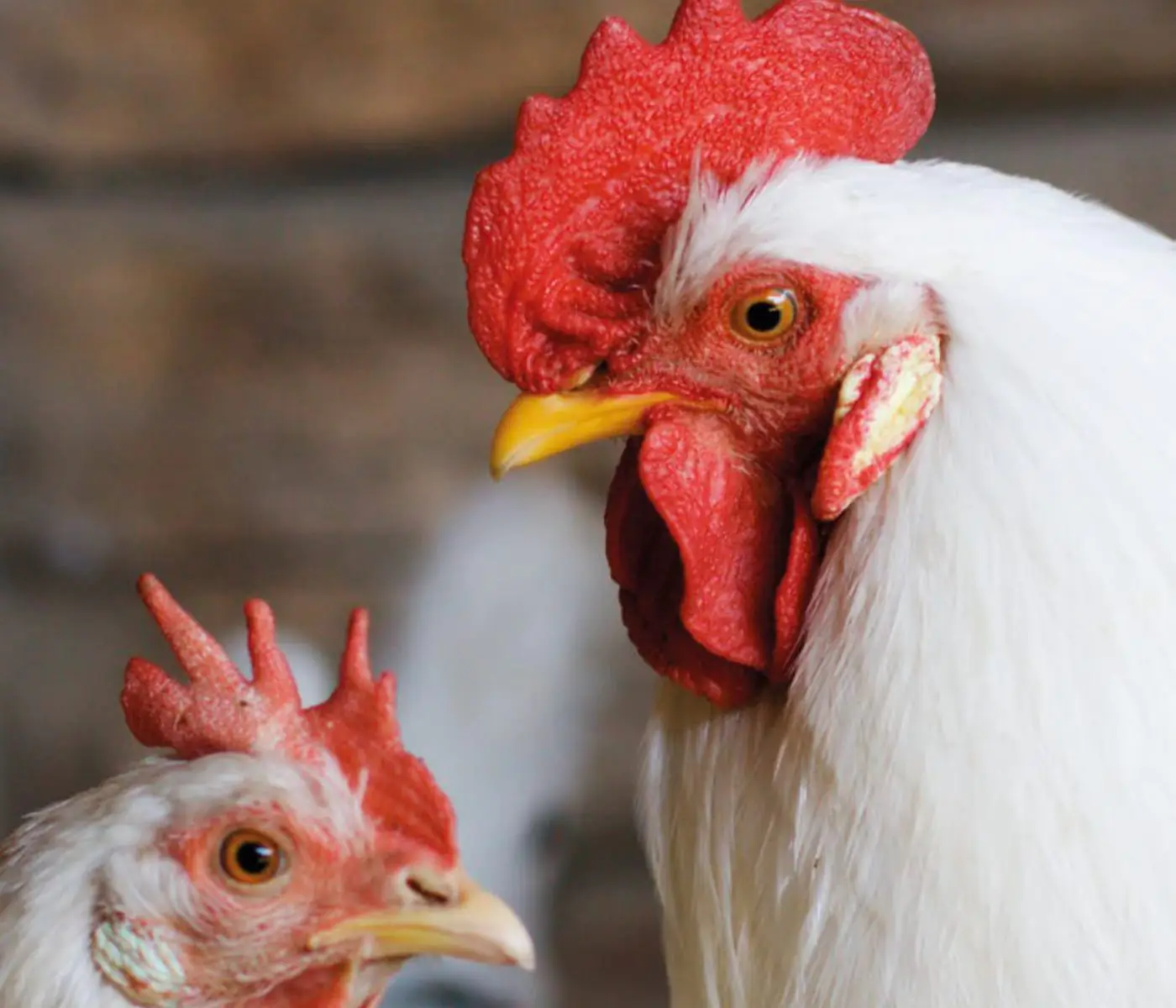
Nutritional Interventions to Improve Fertility in Male Broiler Breeders
Edgar Oviedo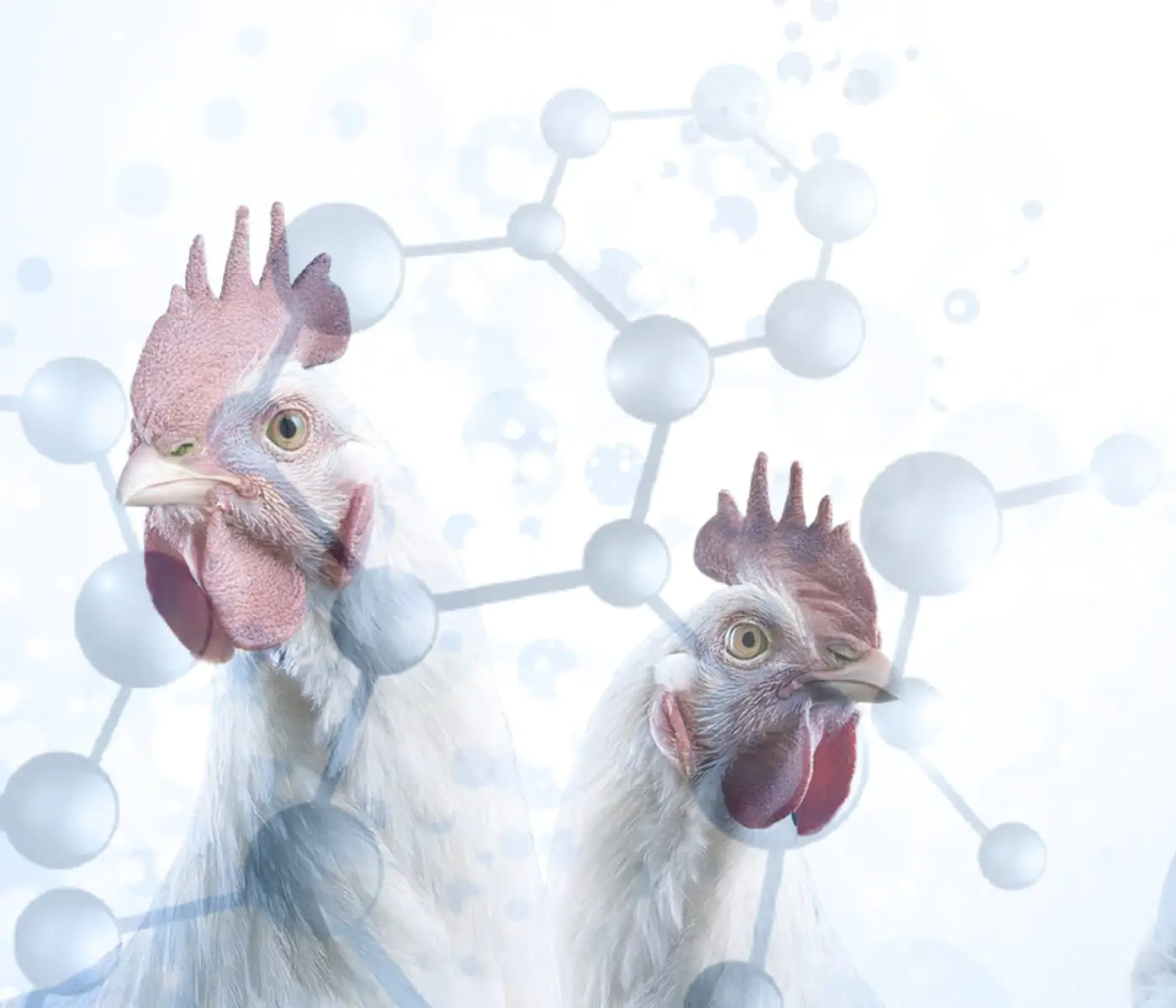
The Use of Organic Acids in Poultry: A Natural Path to Health and Productivity
M. Naeem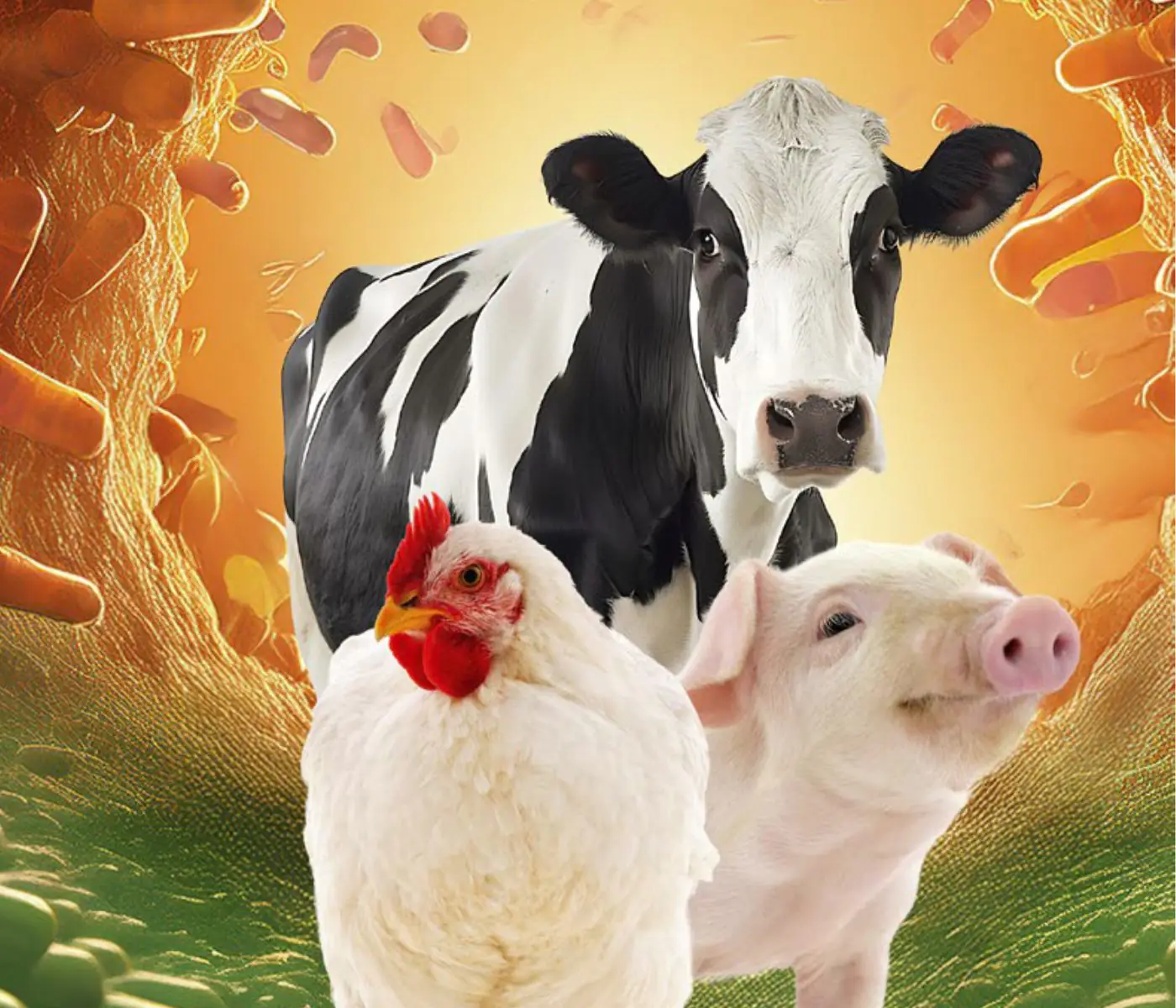
Synergistic Benefits of Prebiotics and Probiotics in Poultry, Swine, and Cattle
Gustavo Adolfo Quintana-Ospina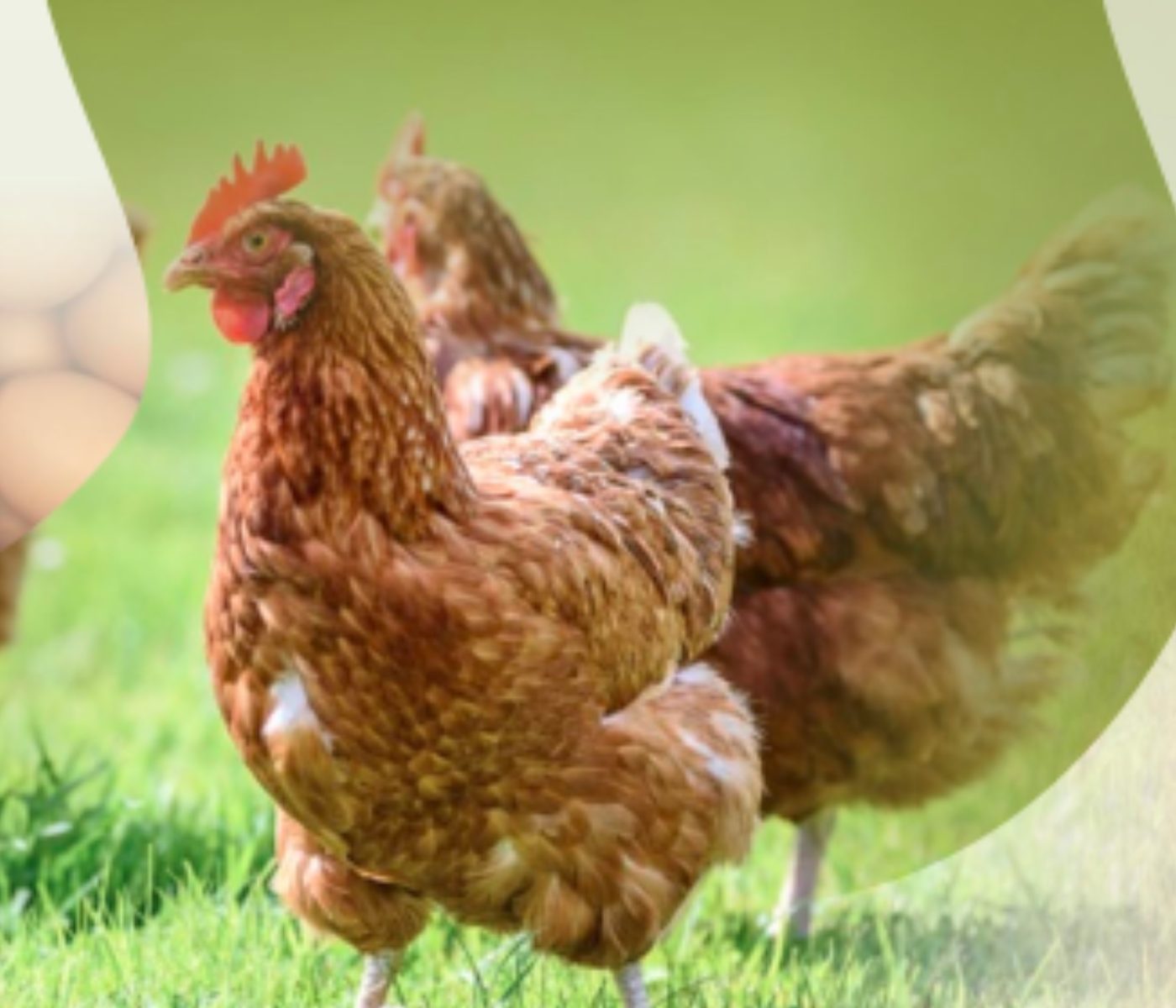
Hybrid Rye Potential in Laying Hen Feed Rations
Gwendolyn Jones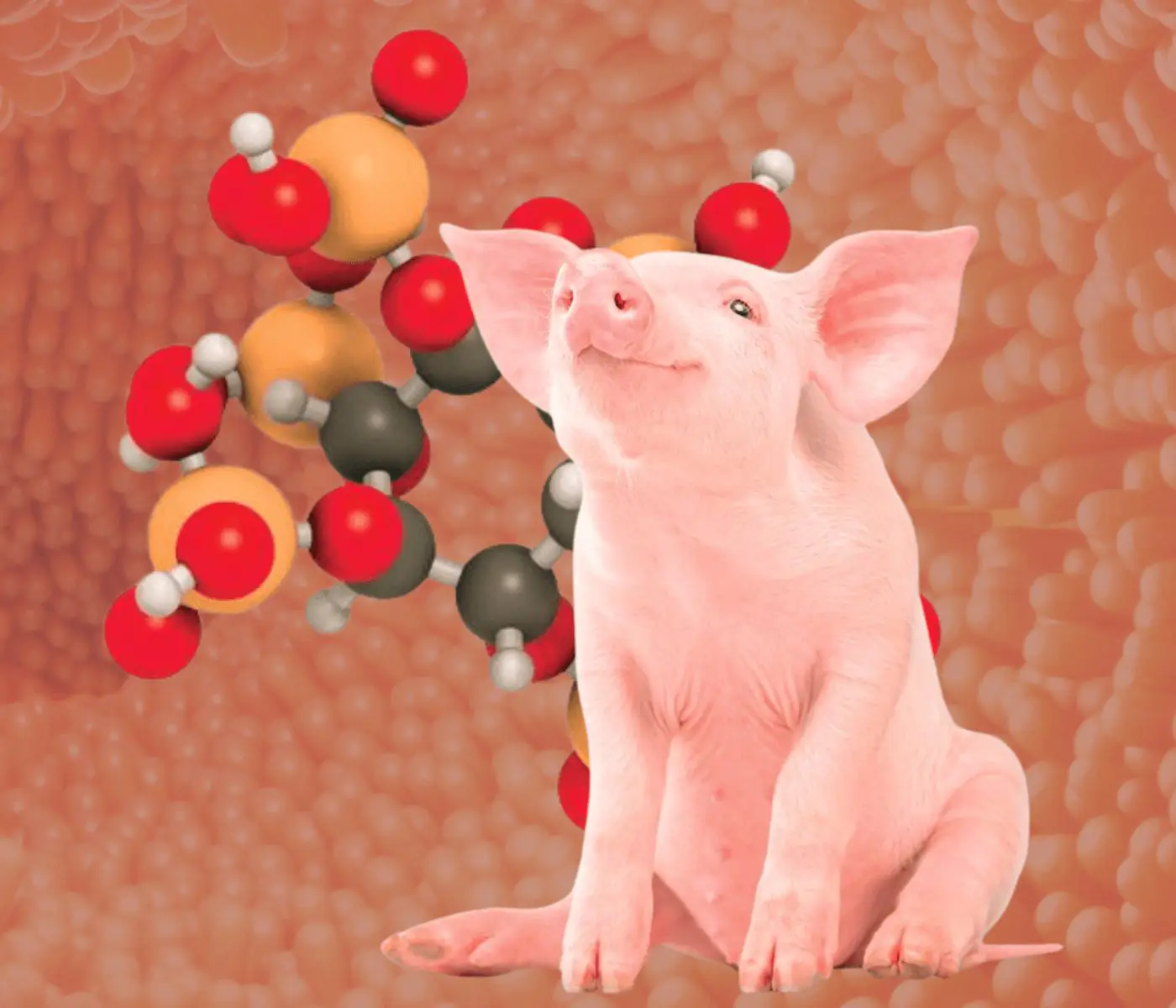
A day in the life of phosphorus in pigs: Part I
Rafael Duran Giménez-Rico
Use of enzymes in diets for ruminants
Braulio de la Calle Campos
Minerals and Hoof Health in the Pregnant Sow
Juan Gabriel Espino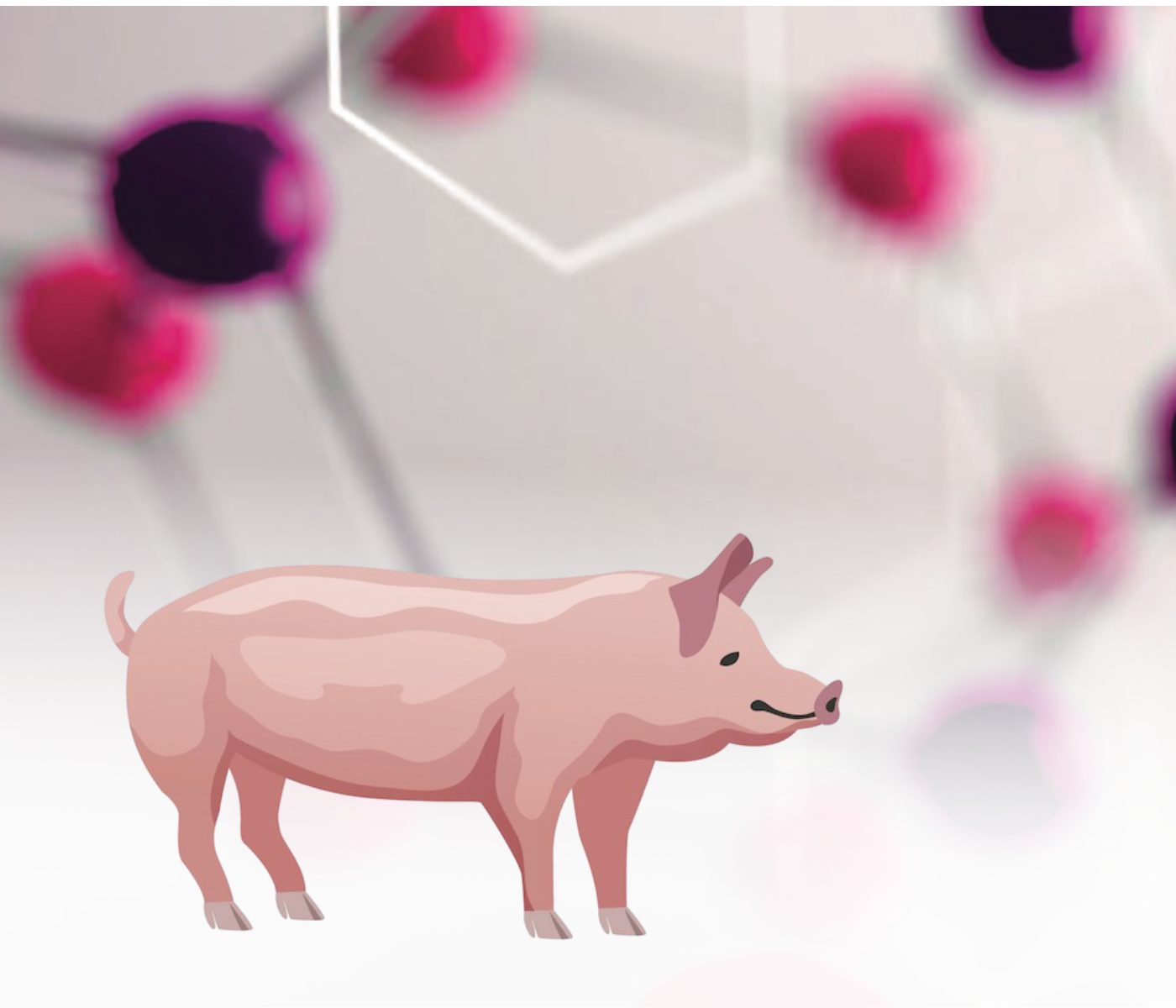
Impact of Oxidized Fats on Swine Reproduction and Offspring
Maria Alejandra Perez Alvarado